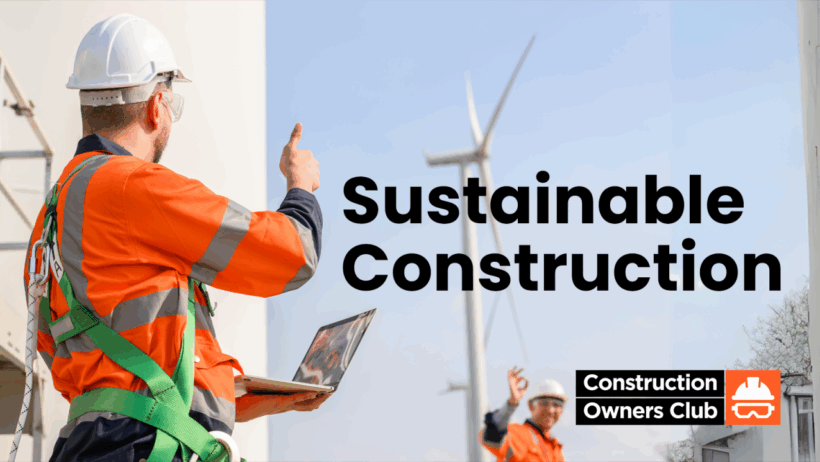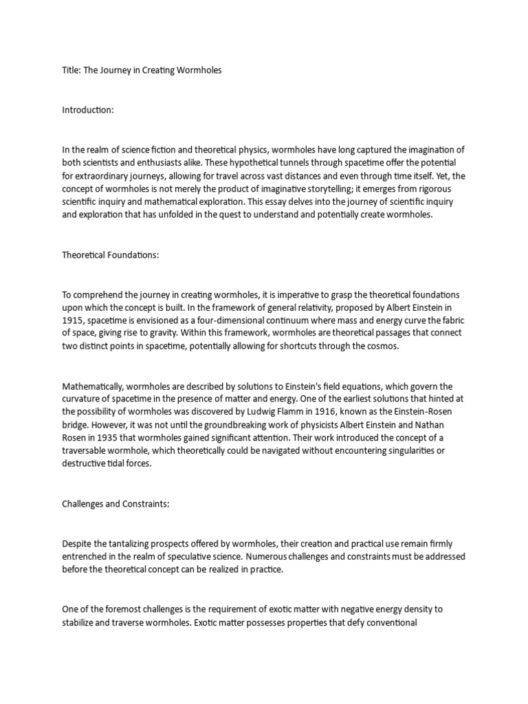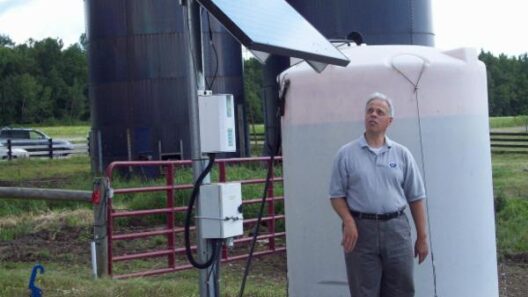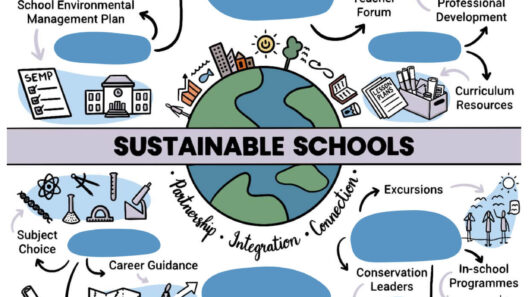Energy conservation construction refers to the deliberate design, implementation, and operation of buildings with a focus on reducing energy consumption throughout their lifecycle. In an era where climate change and environmental degradation are urgent concerns, the principles of sustainable construction have risen to prominence. This approach not only emphasizes the efficient use of resources but also aims to create structures that coexist harmoniously with the environment.
One of the fundamental aspects of energy conservation construction is the integration of energy-efficient technologies. These technologies encompass a myriad of systems and devices designed to optimize energy use. For instance, the installation of high-performance insulation materials plays a pivotal role in minimizing thermal losses. By utilizing advanced materials such as aerogel or vacuum-insulated panels, buildings can maintain stable internal climates, thereby decreasing the reliance on heating and cooling systems.
Moreover, solar energy systems have become a cornerstone of energy conservation construction. Implementing photovoltaic panels allows buildings to harness renewable energy, significantly reducing their carbon footprint. In addition to solar panels, solar water heaters can provide a sustainable solution for domestic hot water needs. These innovations converge to create sustainable energy ecosystems that empower buildings to become part of the solution in combating climate change.
Another vital consideration in energy conservation construction is the strategic orientation and design of buildings. Passive solar design, for instance, capitalizes on natural sunlight to illuminate spaces and regulate indoor temperatures. By positioning windows and insulation intelligently, buildings can maximize solar gain in winter while minimizing heat ingress during summer. This natural thermoregulation leads to substantial energy savings while enhancing occupant comfort.
Furthermore, the application of energy-efficient lighting systems has revolutionized the way buildings consume energy. LEDs (light-emitting diodes) and smart lighting solutions are indispensable in modern construction. They not only utilize significantly less energy compared to incandescent bulbs but also have longer lifespans, which translates into fewer replacements and reduced waste. Incorporating motion sensors and daylight harvesting technology can further optimize lighting usage, ensuring that spaces are illuminated only when necessary.
Water conservation practices are also integral to the paradigm of energy conservation construction. The sustainable management of water resources can lead to reduced energy consumption, particularly in the case of water heating. Low-flow fixtures, rainwater harvesting systems, and greywater recycling are examples of strategies that reduce both water and energy use. These practices not only contribute to conservation efforts but also alleviate the burden on municipal water supply systems.
The selection of building materials is another essential component of energy conservation construction. Employing locally sourced and sustainable materials minimizes the environmental impact associated with transportation and extraction processes. Furthermore, materials with high recycled content contribute to reducing waste and lowering the demand for virgin resources. The adoption of environmentally friendly materials, such as reclaimed wood, bamboo, or recycled steel, enhances the sustainability profile of any construction project.
In addition to focusing on individual building elements, energy conservation construction involves a holistic approach that encompasses building management systems. These systems utilize advanced technology to monitor and control energy consumption in real time. By incorporating smart meters and automation technologies, facility managers can identify inefficiencies and make informed decisions about energy use. This proactive approach is vital in maintaining the long-term sustainability and efficiency of buildings.
Furthermore, stakeholder engagement plays a crucial role in enabling energy conservation initiatives. Educating builders, architects, and occupants about sustainable practices fosters a culture of environmental stewardship. Training programs and workshops can facilitate knowledge transfer regarding energy-efficient technologies and practices. When all parties involved are aligned towards a common goal of sustainability, the impact of energy conservation construction can be amplified significantly.
The economic implications of energy conservation construction cannot be understated. While the initial investment in energy-efficient technologies may be substantial, the long-term savings achieved through reduced energy consumption often outweigh these costs. Building owners can realize significant reductions in operational expenses, enhancing both profitability and property value. Additionally, energy-efficient buildings are becoming increasingly desirable in the real estate market, as tenants and buyers prioritize sustainability in their decision-making processes.
As the discourse on global warming and environmental sustainability continues to evolve, the significance of energy conservation construction becomes even more pronounced. Building for a greener tomorrow requires a multifaceted approach that integrates innovative technologies, efficient design, material selection, and stakeholder collaboration. Each aspect contributes to a comprehensive framework aimed at reducing energy consumption and fostering a sustainable built environment.
In conclusion, energy conservation construction embodies a proactive response to the pressing challenges posed by environmental degradation. By embracing energy-efficient technologies, smart design practices, sustainable materials, and effective stakeholder engagement, the construction industry can lead the way towards a future that prioritizes ecological balance. Creating buildings that not only meet human needs but also respect the planet’s resources is imperative for ensuring the well-being of future generations. As we continue to innovate and adapt, the vision of a greener tomorrow becomes increasingly attainable.








